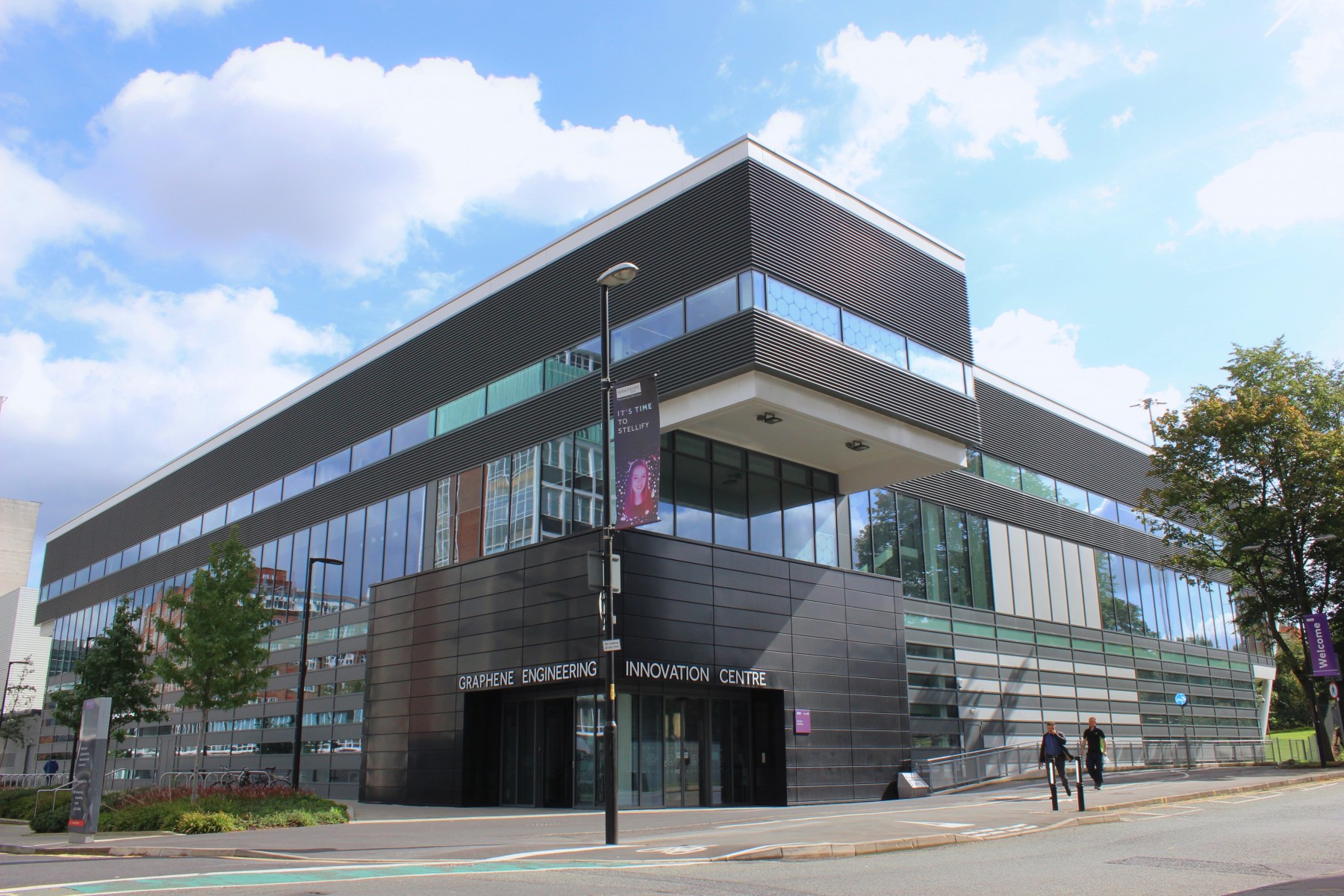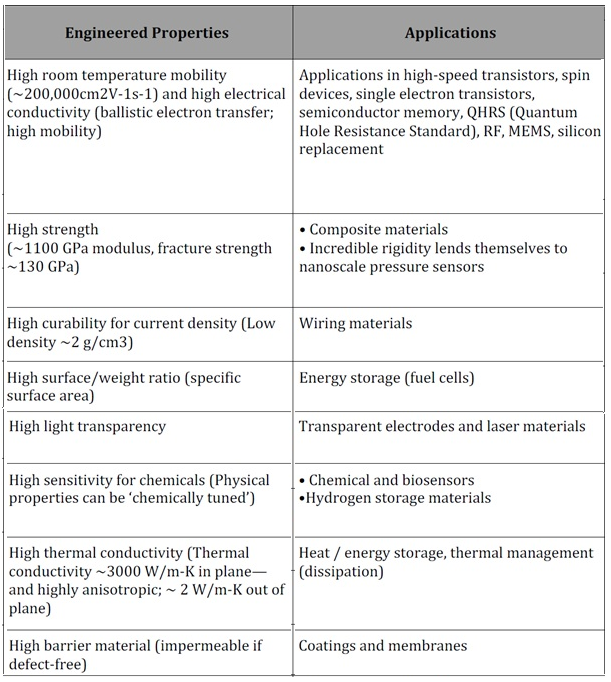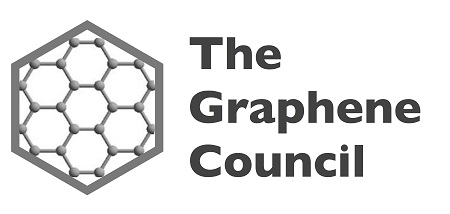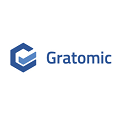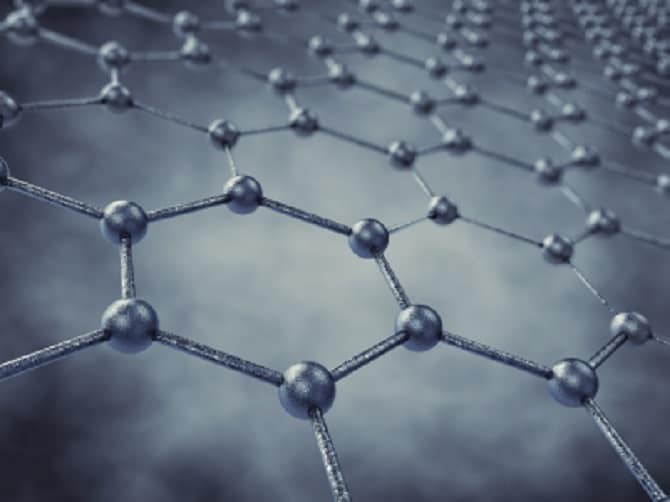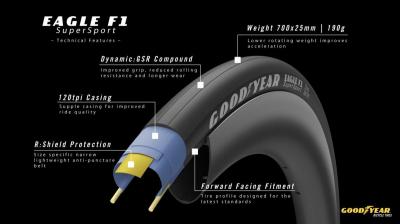
- Gratomic has formulated a concrete plan to complete the final 10% of mine construction and begin commission by October of 2020.
TORONTO, ON / ACCESSWIRE / May 21, 2020 / Gratomic Inc. (“GRAT” or the “Company”) (TSXV:GRAT)(FRANKFURT:CB81)(WKN:A143MR) is pleased to announce an update on the purchase agreement between the Company and TODAQ where Gratomic’s Aukam mined graphite will be utilized as a backstop to underpin the value of deployed TODA Notes (“TDN“). TODA Notes are a payment and loyalty asset which are backstopped by a mixed basket of digital economy commodities, land and monetary assets with graphite among the first underlying commodities, which will be supplied by Gratomic Inc.
The Companies are pleased to announce that they are planning to extend delivery schedules against TODAQ’s current Purchase Orders for Aukam graphite, to be supplied by Gratomic Inc., and that they are continuing to work together to execute on the existing off-take agreement.
Co-Founder and CEO of TODAQ, Mr. Hassan Khan, states that “In spite of the upheaval in the markets this year, we’ve been pleased to see overall demand increase for digital assets backed by ‘digital economy’ commodities like graphite. We look forward to working alongside our partner Gratomic in moving this project forward to delivery.”
Gratomic is currently completing its financing, which is intended to bring the mine into commission.
The Company has formulated a concrete plan to complete the final 10% of mine construction and begin commission by October of 2020.
The Commissioning Phase will lead the company into full production capacity of 20,000 tonnes per annum.
“We are very pleased at the progress of our purchase agreement with TODAQ and the coming completion of our processing facility at Aukam. We anticipate a long and successful business relationship with our partners at TODAQ” ~ President and CEO, Arno Brand
The Company will deliver TODAQ’s Product to an onsite warehouse beginning in November 2020, to fill the first three purchase orders totalling 1800 tonnes. Concurrent with the first delivery, both companies will be working together to implement an interoperable, transparent supply chain tracking solution powered by TODA for graphite along its entire lifecycle. The end goal is to provide the manufacturing, commodity trading or securitization markets a graphite digital asset that is fractionable, self-recording and self-validating with respect to its authenticity and provenance, and can be transacted peer to peer.
Gratomic wishes to emphasize that the supply of graphite pursuant to any off-take or supply agreement referred to in this Press Release is conditional on Gratomic being able to bring the Aukam project into a production phase, and for any graphite being produced to meet certain technical and mineralization requirements. Gratomic continues to move its business towards production and as part of its business plan, expects to obtain a National Instrument 43-101 Standards of Disclosure for Mineral Projects technical report to help it ascertain the economics of the Aukam project.
Presently the Company uses its existing pilot processing facility to produce certain amounts of graphite concentrate from accumulated surface graphite.
Risk Factors
No mineral resources, let alone mineral reserves demonstrating economic viability and technical feasibility, have been delineated on the Aukam Property. The Company is not in a position to demonstrate or disclose any capital and/or operating costs that may be associated with the processing plant.
The Company advises that it has not based its production decision on even the existence of mineral resources let alone on a feasibility study of mineral reserves, demonstrating economic and technical viability, and, as a result, there may be an increased uncertainty of achieving any particular level of recovery of minerals or the cost of such recovery, including increased risks associated with developing a commercially mineable deposit.
Historically, such projects have a much higher risk of economic and technical failure. There is no guarantee that production will begin as anticipated or at all or that anticipated production costs will be achieved.
Failure to commence production would have a material adverse impact on the Company’s ability to generate revenue and cash flow to fund operations. Failure to achieve the anticipated production costs would have a material adverse impact on the Company’s cash flow and future profitability.
About TODAQ
TODAQ is a technology company headquartered in Toronto, with offices throughout the globe, creating a new digitally-driven economic ecosystem that is intended to serve everyone. To date, the company has effectively partnered with enterprises, financial institutions, and governments as our primary customers. TODAQ has created a new Web 3.0 ‘Adot Browser Agent’ with integrated digital asset services. The browser agent provides seamless access to a level playing field for anyone to directly create, own, and trade unique digital assets.
TODAQ has developed two new Web 3.0 protocols: a decentralized digital asset ownership management protocol; and a new internet application protocol. The first protocol is the TODA protocol, a distributed data architecture that allows for the creation, ownership management, and settlement of unique digital assets. Second is the Adot protocol, an internet application protocol that can use the existing internet transport and network layer (TCP/IP) to ensure mass interoperability of digital asset ownership and trade; analogous to what HTTP has done for two-way communication.
TDN is a digital asset designed to offer a global, long-term and stable economic utility that is seamless, borderless and can be used for a truly broad variety of economic and market use cases.
About Gratomic Inc.
Gratomic is an advanced materials company focused on mine to market commercialization of graphite products, most notably high value graphene-based components for a range of mass market products.
Gratomic holds a Joint Venture collaboration agreement with Perpetuus Carbon Technology, a leading European manufacturer of graphenes, to use Aukam graphite to manufacture graphene products for commercialization on an industrial scale. The Company is listed on the TSX Venture Exchange under the symbol GRAT.
For more information: visit the website at www.gratomic.ca or contact:
Arno Brand at [email protected] or 416 561-4095

